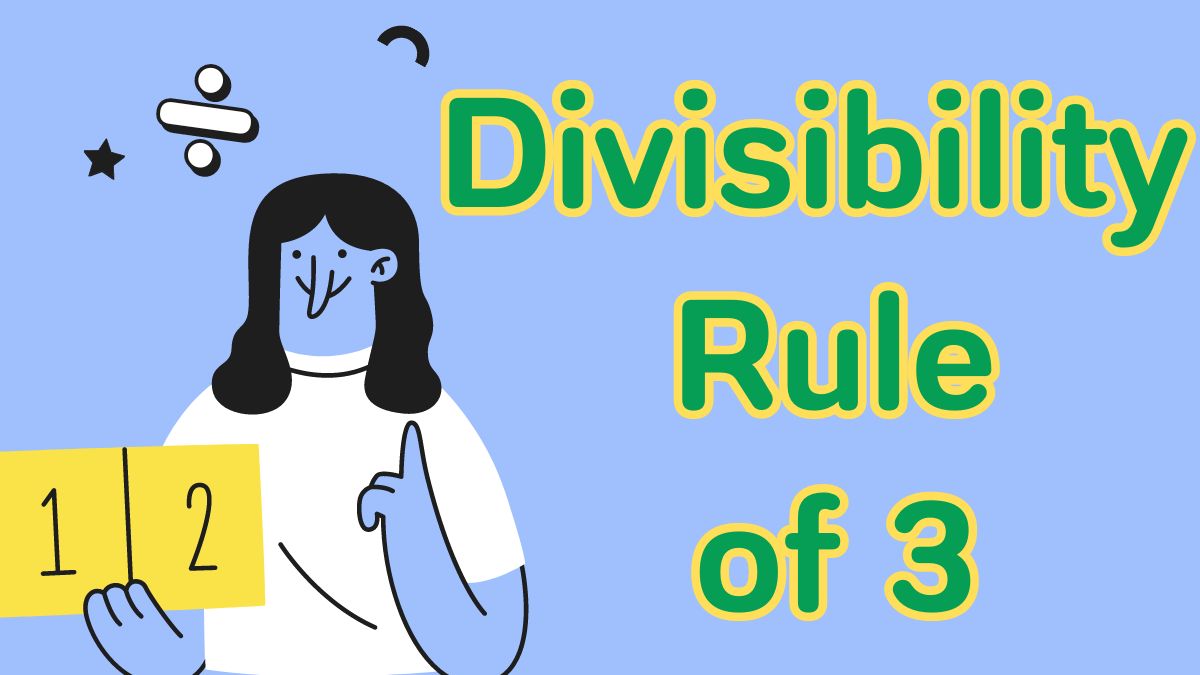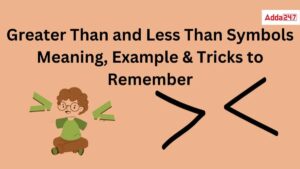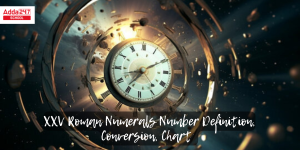The Divisibility by 3 means whether a number can be divided by three or not. 3 is the smallest odd prime number, making it special in the number system. A number is said to be divided by 3 if it is evenly divided by it. In other words, if you divide a number by 3 and you get whole number as a quotient and 0 as the remainder, then we can say that the given number was divisible by 3. In this article, we will learn about the divisibility rule of 3 in detail.
Divisibility Rule of 3
The Divisibility Rule of 3 is one of the basic divisibility rules that candidates study in their primary classes. The divisibility rule of 3 or the divisibility test of 3 is used to determine if a number can be wholly divided by 3 or not without actually performing the operation of division. The interesting fact is that the 2 divisibility rule works completely for very small numbers like 12, 18, 22 as well as for very large numbers like 267899939, 34567890, etc.
Divisibility Rule of 3 Definition
As per the Divisibility rule of 3, “if the sum of the digits of a whole number is a multiple of 3, then the original number is also divisible by 3.” When dealing with higher numbers, it is not feasible to determine divisibility through visual inspection alone. Therefore, we can use this rule to determine if all numbers are divisible by 3. For example the number 27 is divisible by 3 as the sum of its digits gives 9, a multiple of 3.
Significance of 3 Divisibility Rule
Using the divisibility test of 3, we can easily tell that the given number is divided by 3 or not. This helps to save plenty of time in competitive exams. Using either the 3 multiplication table or counting by increments of 3 from 0, one can easily determine if a smaller number is divisible by 3. Nevertheless, when dealing with bigger numbers, we can determine if the number is divisible by 3 without performing division by using the divisibility rule of 3.
Divisibility Rule of 3 Proof
We can prove the divisibility rule of number 3 mathematically by taking an example. Let us consider the number 4368. On expanding the given number we get:
4368 = 4 × 1000 + 3 × 100 + 6 × 10 + 8 × 1
=> 4 × (999 + 1) + 3 × (99 + 1) + 6 × (9 + 1) + 8 × 1
=> (4 × 999 + 3 × 99 + 6 × 9) + (4 × 1 + 3 × 1 + 6 × 1 + 8 × 1)
=> (4 × 999 + 3 × 99 + 6 × 9) + (4 + 3 + 6 + 8)
We are aware that numbers such as 9, 99, 999,… can be divided by 3, so any of their multiples are also divisible by 3.
Therefore, whether 4368 is divisible or not is now determined by adding 4, 3, 6, and 8 together. These are the digits making up the number 4368.
From the above expansion, it can be concluded from the information provided that if the total of the digits is a multiple of 3, then the number 4368 will also be divisible by 3.
Therefore, it can be inferred that a number is divisible by 3 if its digit sum is a multiple or divisible by 3.
Divisibility Rule of 3 for Large Numbers
The rule of 3 for large numbers says that if the total sum of its digits is divisible by 3 or a multiple of 3, then the number itself is divisible by 3. Look at the following examples to verify how correctly the 3 divisibility test work even for large numbers.
Example 1: 1121031
In this case, add up all the numbers = 1 + 1 + 2 + 1 + 0 + 3 + 1 to get a total of 9. It is a fact that 9 can be evenly divided by 3, so we can conclude that 1121031 can also be divided by 3. This can be confirmed in the following manner. 1121031 divided by 3 equals 373677 with no remainder.
Example 2: 3456194
In this case, the total of all the numbers is 3 + 4 + 5 + 6 + 1 + 9 + 4, which equals 32. Knowing that 32 is not a multiple of 3, we can conclude that 3456194 is also not divisible by 3.
Example 3: 220077
In this case, when you add up all the numbers, you get 2 + 2 + 0 + 0 + 7 + 7 which equals 18. We are aware that 18 can be divided by 3, indicating that 220077 can also be divided by 3. This can be confirmed in the following manner. 220077 divided by 3 equals 73359, with 73359 being the result and 0 as the leftover.
Divisibility Rule of 3 and 4
The criteria for determining divisibility by 3 and 4 are entirely distinct from each other. The test for divisibility by 3 says that a number is divisible by 3 if the sum of its digits is divisible by 3, while the test for divisibility by 4 states that a number is divisible by 4 if its last two digits are zeros or if the number formed by the last two digits is divisible by 4.
1236 can be divided by 3 because the total of its digits, which are 1 + 2 + 3 + 6, equals 12. It is a fact that 12 can be divided evenly by 3. Currently, 1236 can be divided by 4 because the number created by the last two digits, specifically, 36 can be divided by 4. Hence, 1236 can be divided evenly by 4 as well. This can be confirmed in the following manner. 1236 divided by 4 equals 309, with 309 being the quotient and a remainder of 0.
Divisibility Rule of 3 and 9
The conditions for divisibility by 3 and 9 are somewhat alike. The rule for determining if a number is divisible by 3 is based on the sum of its digits being divisible by 3. Similar to the rule of 3, the rule of 9 dictates that a number is divisible by 9 when the sum of its digits is divisible by 9.
52884 can be divided by 3 because the total of its individual digits, which is 5 + 2 + 8 + 8 + 4 = 27, can be divided by 3. In this case, the result of dividing 52884 by 3 is 17628, with 0 as the remainder. Take into account that the total of the numbers in 27, 2 + 7 = 9, can be divided by 3. This process can be repeated to get the sum closer to 3 and determine if the number is divisible by 3.
Solved Examples on Divisibility Rule of 3
Example 1: Is 53427 divisible by 3?
Solution: The given number is 53427
Sum of the digits of the given number = 5 + 3 + 4 + 2 + 7 = 21
Since, 21 is the multiple of 3 (3 * 7), the given number will also be divisible by 3
Example 2: Check whether the number 6784 is divisible by 3.
Solution: The given number is 6784
Let us add the digits of the given number.
6 + 7 + 8 + 4 = 25 (not a multiple of 3, since 3 × 8 = 24 but 25 = 3 × 8 + 1)
Therefore, 6784 is not divisible by 3.
Example 3: Employing the test for divisibility by 3, determine if the largest three-digit number can be evenly divided by 3.
Solution: The highest possible three-digit number is 999. Adding up all the digits of 999 – 9 + 9 + 9 = 27, which can be divided by 3. Hence, 999 is divisible by 3 as well.
Example 4: Apply the rule of divisibility by 3 to determine if the number 123456789 is divisible by 3.
Solution: The given large number is 123456789
Adding up all the digits of the given number: 1 + 2 + 3 + 4 + 5 + 6 + 7 + 8 + 9, the total is 45.
As 45 is divided by 3 (3 * 15)
Hence the number 123456789 can be evenly divided by 3.











 Greater Than and Less Than, Equal to Sig...
Greater Than and Less Than, Equal to Sig...
 XXV Number- XXV Roman Numerals Definitio...
XXV Number- XXV Roman Numerals Definitio...
 Ordinal Numbers: Meaning, Examples, Appl...
Ordinal Numbers: Meaning, Examples, Appl...














